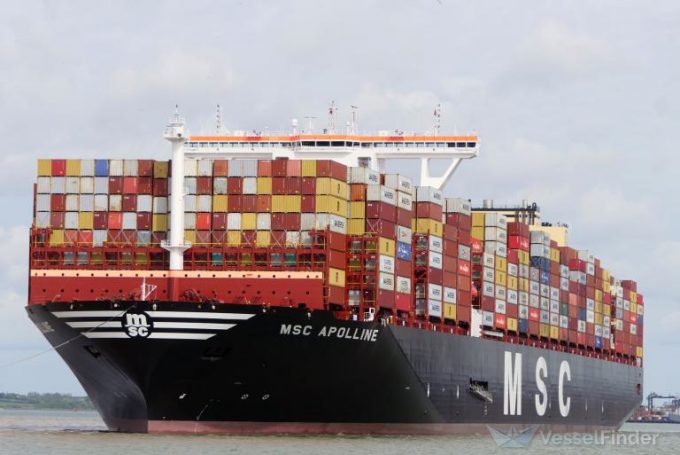India-Africa: Capacity revamp as demand brings rate gains for carriers
India-Africa trade is seeing a reconfiguration of capacity deployment due to the shipping alliance changes ...

Ocean carriers constantly reassess network coverage to cope with the impact of demand fluctuations but, post-pandemic, this has translated into widely different trading patterns for the top-ranked lines.
A survey by Alphaliner reveals that, compared with a year ago, most of the top ten carriers have ...

Comment on this article